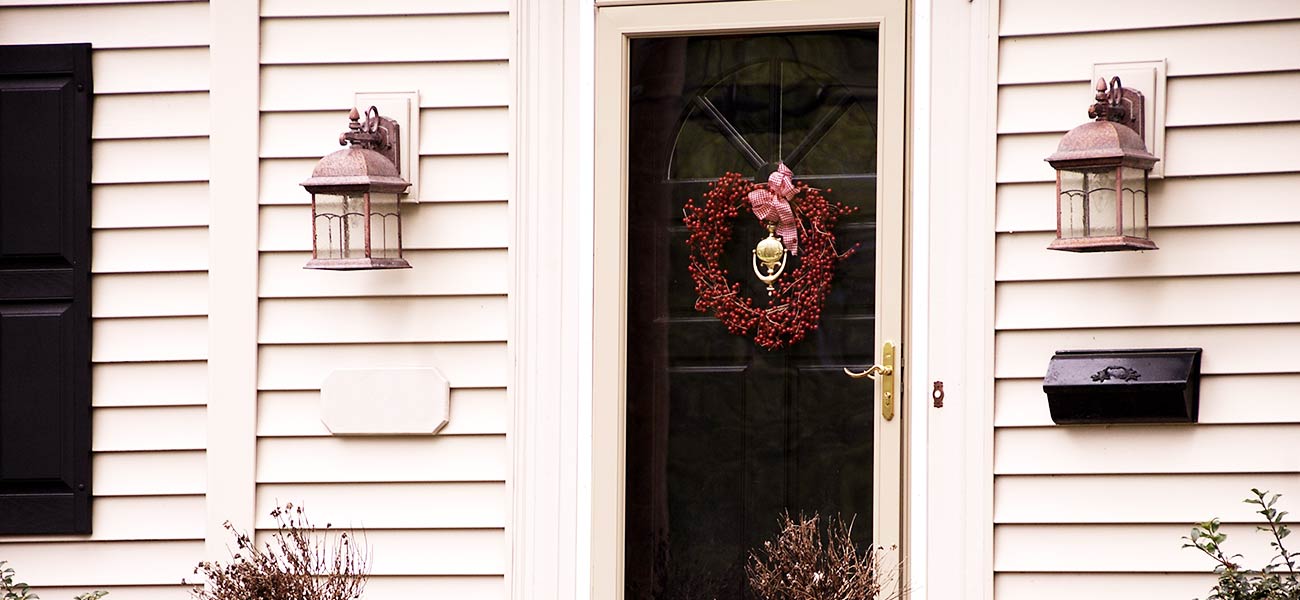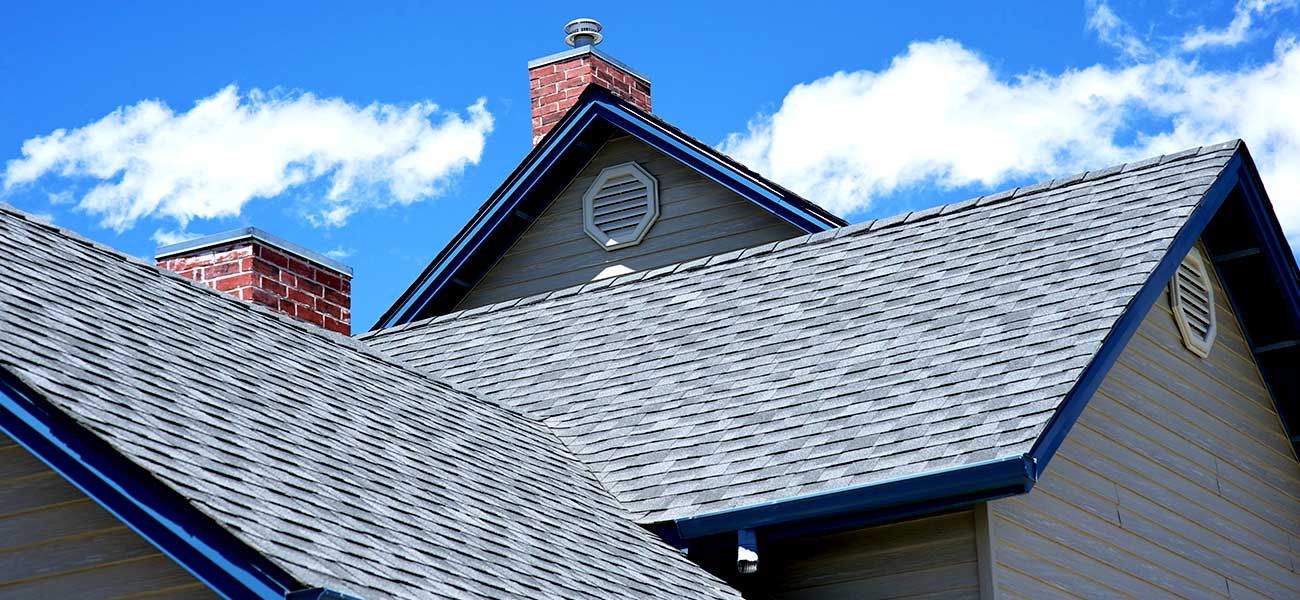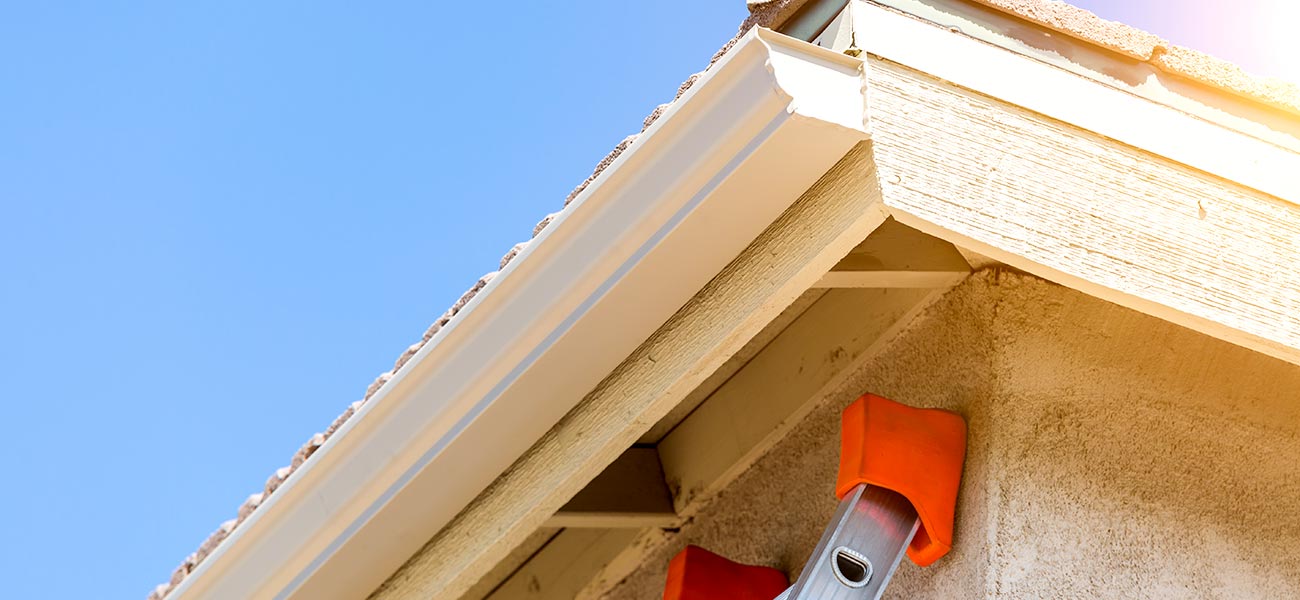
Prepping for the longest-lasting paint job?
A fresh coat of exterior paint can transform even the most run-down “fixer-upper” into a stylish “classic,” dramatically boosting curb appeal and adding thousands of dollars to your home’s resale value. Even if you’re not trying to sell your house, a professional-grade exterior job can protect it from the elements — wind, rain, mold, and mildew — or at the very least, make your neighbors jealous.
1. Fix indoor moisture problems that lead to outdoor paint trouble.
Repair roof leaks and soggy basements. Vent kitchens and baths to the outside. Moisture enters a house as liquid, but it leaves as a vapor that lifts exterior paint when it exits the wall outside poorly vented rooms.
2. Repair damaged surfaces.
Don’t work over wood affected by rot or insects, or gouged by careless ladder placement. Replace damaged wood or repair it. Dig out rusty fasteners. Water running over a rust blister transfers the oxides to the paint, staining it.
3. Clean siding and trim.
Dirt is slippery, and paint won’t stick to it; you’ve got to remove dirt, mildew, cobwebs, and greasy gunk. Don’t tackle everything in one cleaning. Instead, proceed in two stages. Next, remove weathered and greasy dirt using siding cleaner, which is sold at paint stores and home centers. Professional painters are divided on the benefits of power washing for this step. Some belief that hand scrubbing and using a garden hose and nozzle is better. If you decide to power wash, go easy. Don’t damage the siding and trim.
4. Scrape and sand.
Remove damaged paint, and then use sandpaper to feather the rough edges left behind. Otherwise, the sharp edges will create thin, weak areas in the new work. Brush away any dust created and rinse the siding, and trim gently but thoroughly.
5. Apply paint correctly.
It needs to be applied at the right thickness, about 4 to 5 miles (0.004 to 0.005 in.) when wet–or the thickness of a sheet of copier paper. Too thin, and the dried paint will be weak. Too thick, and it will sag and crack. You can check the paint’s wet thickness with a device called a wet-film thickness gauge.
Finally, don’t apply it in strong direct sunlight or high wind, which can make the water or petroleum solvents evaporate out of the paint too quickly. This does two things. It can reduce the paint’s ability to flow out and level as it should. It can also weaken the bond the paint molecules make with each other and with the substrate.




